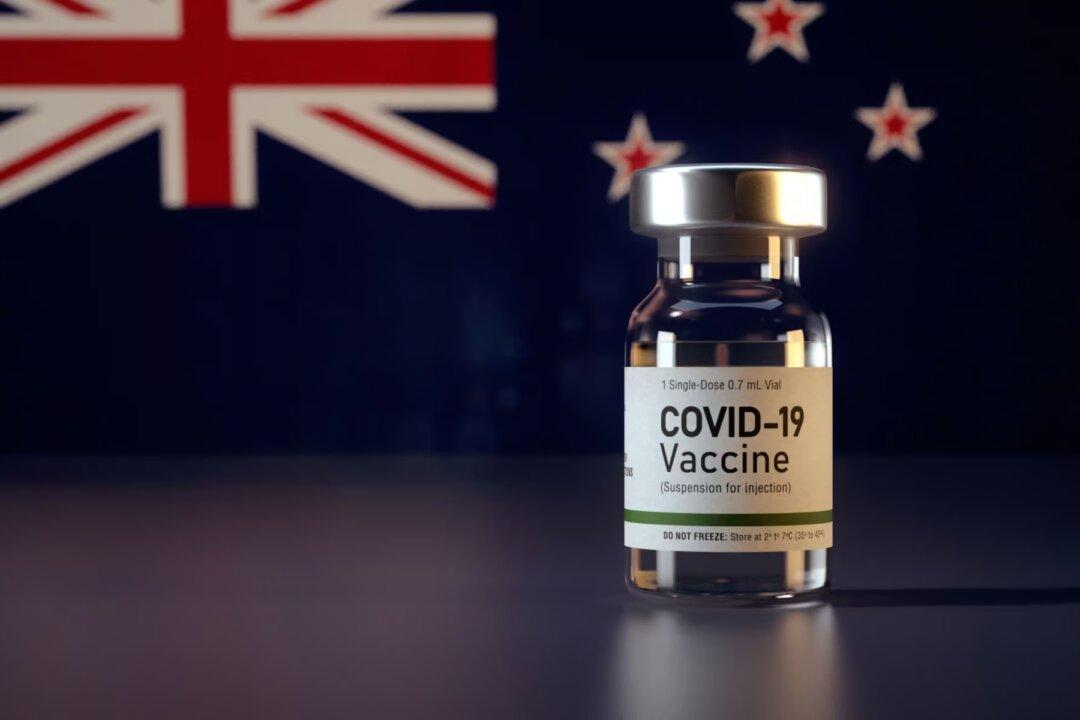Commentary
For many, the nagging inkling that the state of policy-relevant and regulatory science was less robust and trustworthy than official sources claimed came roaring into focus with COVID-19. For those that had a nose for contradictions and inconsistency, the perpetual urgencies to believe the scientific claims of a handful of special scientists on the telly fell rather flat.


